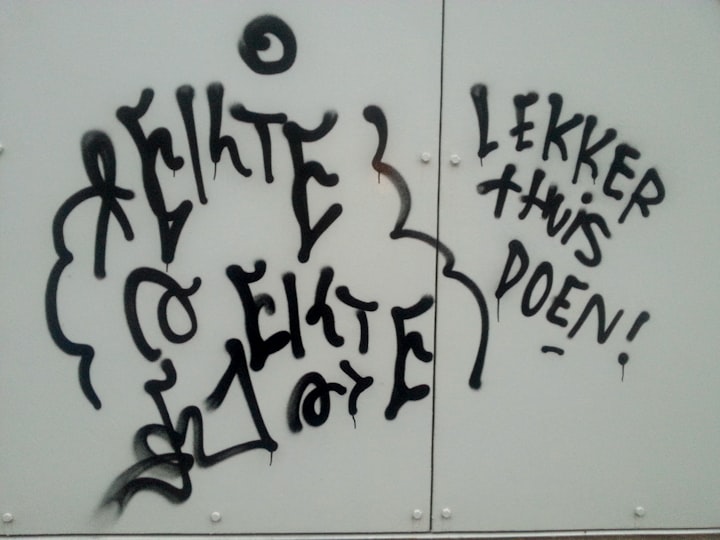Writing Dialogue
Exploring the art of crafting authentic and engaging dialogue that brings characters to life

Once upon a time, in a world where words danced on the page and conversations wove tales of human connection, there was a writer named Emily. She possessed a deep appreciation for the art of writing dialogue, understanding its ability to breathe life into characters and create immersive storytelling experiences. Eager to explore the nuances of dialogue, Emily embarked on a literary adventure to unravel the secrets of crafting authentic and engaging conversations.
Emily's journey began in a bustling café, where she sat at a corner table, observing the ebb and flow of conversations around her. She listened intently to the cadence of voices, the choice of words, and the subtle expressions that accompanied each interaction. From the casual banter of friends to the heated debates of strangers, Emily soaked in the rich tapestry of human communication.
Inspired by the vibrant conversations she witnessed, Emily set out to infuse her own writing with the essence of authentic dialogue. She understood that dialogue served as a window into a character's personality, thoughts, and emotions. With this in mind, she crafted a story that revolved around a group of childhood friends reuniting after years apart.
In her tale, Emily focused on capturing the unique voices and dynamics of each character. She paid attention to their individual speech patterns, vocabulary choices, and idiosyncrasies. Through the power of dialogue, she revealed their histories, conflicts, and aspirations.
As the friends gathered in a cozy living room, their voices blended in a symphony of shared memories and unspoken truths. Emily carefully constructed the dialogue to convey the comfort and familiarity between the characters, as well as the tension simmering beneath the surface.
She realized that authentic dialogue mirrored real-life conversations—filled with pauses, interruptions, and unfinished thoughts. Emily allowed her characters to stumble over their words, to experience moments of awkward silence, and to speak in fragmented sentences. Through these imperfections, she captured the authenticity of human interaction.
But Emily also knew that dialogue had the power to move the story forward, to reveal character motivations, and to create tension and conflict. She crafted scenes where characters engaged in passionate debates, where their opposing viewpoints clashed like crashing waves. Through these dialogues, she explored the complexities of relationships, the exploration of ideas, and the power dynamics that shape interactions.
Emily understood that effective dialogue was not just about the words spoken, but also about the unsaid. She employed subtext—a layer of meaning beneath the surface of the spoken words—to add depth and intrigue to her characters' conversations. Through subtle hints, gestures, and unspoken emotions, she allowed readers to decipher the hidden truths and underlying emotions that lay beneath the dialogue.
In her exploration of dialogue, Emily also discovered the importance of pacing and rhythm. She varied the tempo of her characters' conversations, sometimes quick and snappy, other times slow and deliberate. By playing with the rhythm, she created a natural flow that mimicked the ebb and flow of real-life conversations.
Emily knew that dialogue was not just a vehicle for conveying information but a means of revealing the essence of her characters. She used it to explore their fears, hopes, dreams, and vulnerabilities. Through their conversations, readers glimpsed the intricacies of their personalities, their relationships, and their journeys of self-discovery.
With each word she penned, Emily realized that writing dialogue was an art of empathy and observation. She drew inspiration from the world around her, paying attention to the nuances of human interaction. She listened to the stories whispered in the air, the emotions carried in the tone of voice, and the unspoken connections that bound people together.
As her journey in crafting authentic and engaging dialogue came to a close, Emily returned to her writing desk, armed with a newfound appreciation for the power of conversation. She understood that dialogue could transcend the page, brid ging the gap between characters and readers, inviting them into a world where words held the magic of connection and understanding.
And so, with renewed determination, Emily set forth on her writing path, eager to breathe life into her characters through the art of dialogue. She knew that in their words, their quirks, and their vulnerabilities, she would uncover the essence of their stories—a symphony of voices that would resonate with readers long after the final page was turned.





Comments (1)
This right here is goals :)